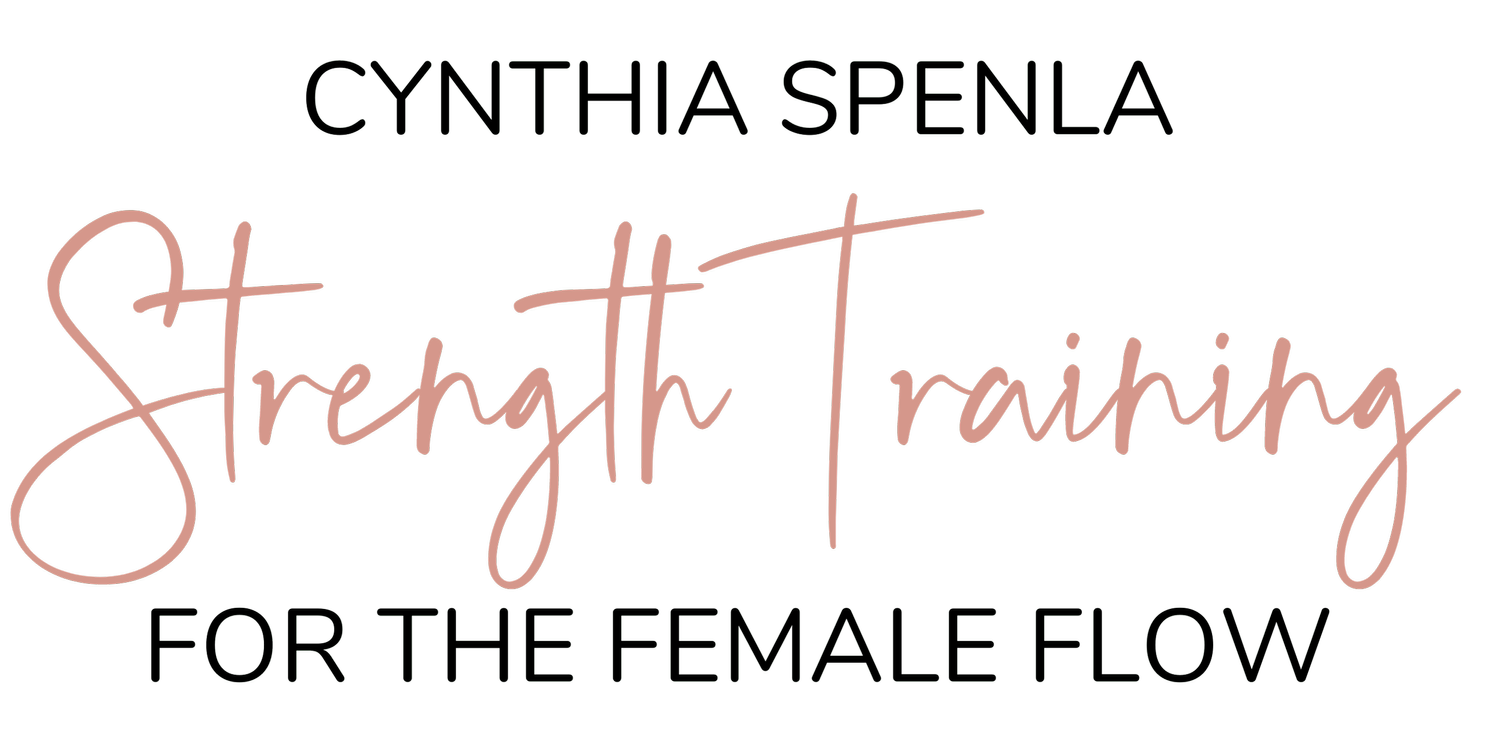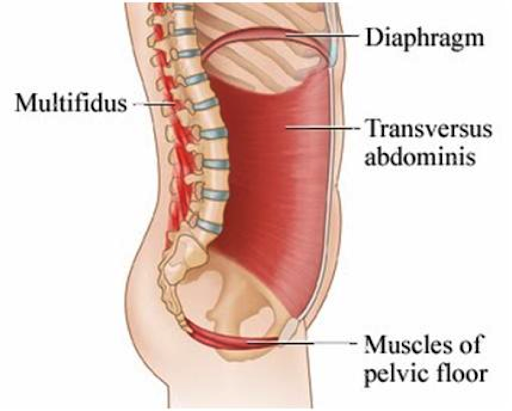1 Key Thing You Need to Know Before You Start a Postpartum Diastasis Recti Program
Hey —
If you’re a new mother who wants to tighten up her tummy or lose the lower belly mom pouch I have something very important to share with you today.
There are ways to approach your core healing/tummy tightening that are wrong, and I’d like to save you the trouble, the lost time, and provide you with some clear steps.
If you’re looking at a diastasis recti program (or have already started one at home) this blog post is exactly where you want to be.
The first question I want to ask you is this (and be honest with yourself): have you assumed that a diastasis recti program is the #1 thing you need to do to tighten up your tummy, lose the “mom pouch” and have flat abs again without having been properly assessed by a pro?
Yes? No?
Image from Idea Fit
Diastasis Recti
Diastasis recti literally means the separation of the recti. The recti refers to the outermost layer of the abdominals — the rectus abdominis. During pregnancy, the muscles separate and the connective tissue called the linea alba stretches.
Is healing this separation after pregnancy important? Sure is. But this idea that only the surface-level rectus abdominis muscle needs to be rehabbed after pregnancy and childbirth has got to go!
There’s more below the surface that needs to be addressed.
Image from Kinetik Fitness
I want you to know…
Your core is the foundation for all movement. When your core is functioning properly you are less likely to experience injury, you are digesting well, breathing well, and moving well.
And because the state of your core matters so much you need a program that targets activating the TVA (transverse abdominis), the breath, and the inner core unit as a whole to fully be rehabilitated after pregnancy and childbirth. You also need to properly train your lower abdominals.
If you try to fix your diastasis recti by training the rectus abdominis but you don’t address the function of your lower abdominals, your TVA (transversus abdominis), your breath, your posture, your pelvic position or your muscular imbalances, don’t be surprised if you experience low back pain, hip pain, incontinence, constipation, uterine prolapse, or bladder prolapse.
(Holistic Health + Performance for Women, Gustafson, 2019).
To recap:
Training the rectus abdominis alone doesn't get to the core of the problem. It just trains the outermost layer of your core.
This is why some women have 6 pack abs on the surface while simultaneously having layers of dysfunction below the surface.
If you did a diastasis recti program and are still struggling, know there’s more going on below the surface that can be affecting your abdominal healing that will not be solved by a simple diastasis recti program or even exercise alone.
What are other factors outside of diastasis recti that could be preventing your core from healing well?
An overactive psoas
Your pelvis positioning
A dysregulated breathing pattern
Gut inflammation
Excess stress and cortisol
Scar tissue adhesion
Holding patterns of fascia
Ultimately, your body is a complex system that works together.
This is why you have to look at healing the core through a holistic lens.
Is it really ever just one thing going on that needs one quick simple fix?
Seek out qualified postpartum trainers: find a Chek trainer like myself, a Fit for Birth trainer, find a Holistic Pelvic Care Specialist, and find a bodyworker trained specifically in myofascial release. Get educated and get help.
Take it from me, I was a trainer before my daughter.
I was strong as could be. I did an online diastasis program and thought I was all good. Until months later my core was poking out like a dome and still not healing. This is when I finally sought quality care.
I got help from an advanced Chek coach. She assessed me in person, wrote a personalized program that addressed reactivating my Tva (transverse abdominis), helped my pelvis realign, decreased the stress in my body, and adjusted my nutrition. Her program also successfully targeted and trained my lower abdominals.
It’s been a long road to healing my core.
I’ve had to:
Retrain my breath
Alter my diet + Adjust my workouts drastically
Decrease stress and inflammation
Release trauma and holding patterns in my pelvis
Release my psoas with holistic pelvic care and myofascial work
Heck, I’ve even had to seek colon hydrotherapy to clean out inflammation in my gut.
So — don’t beat yourself up or spin your wheels googling the next “3 simple moves to get your flat tummy back.”
You need so much more than that.
You need quality individualized care.
Seek it out!
— Cynthia
Cynthia Spenla
is a Chek Certified Holistic Lifestyle and Exercise Coach who Specializes in Health and Performance for Women.
She designs fitness programs that centralize both the female hormonal cycle and the complexities of motherhood while supporting her clients to create the sculpted, strong, and attractive bodies they desire without destroying their health, increasing their risk of injury, or disrupting their hormones in the process.
Her prior experience serving women who’ve struggled with eating disorders, exercise addiction, and body image issues, in addition to her transition into motherhood, has helped her adopt an approach that addresses the mental, emotional, physical, and nutritional components of a woman’s life.
Cynthia accompanies the women who’re ready to go off the beaten path — women who’re beginning to recognize that mainstream health + fitness advice isn’t working for them. She lights up an alternative pathway for new mothers — a pathway that leads to restoration, vitality, and healing after the life-altering Rite of Passage that is pregnancy, childbirth, and motherhood.








